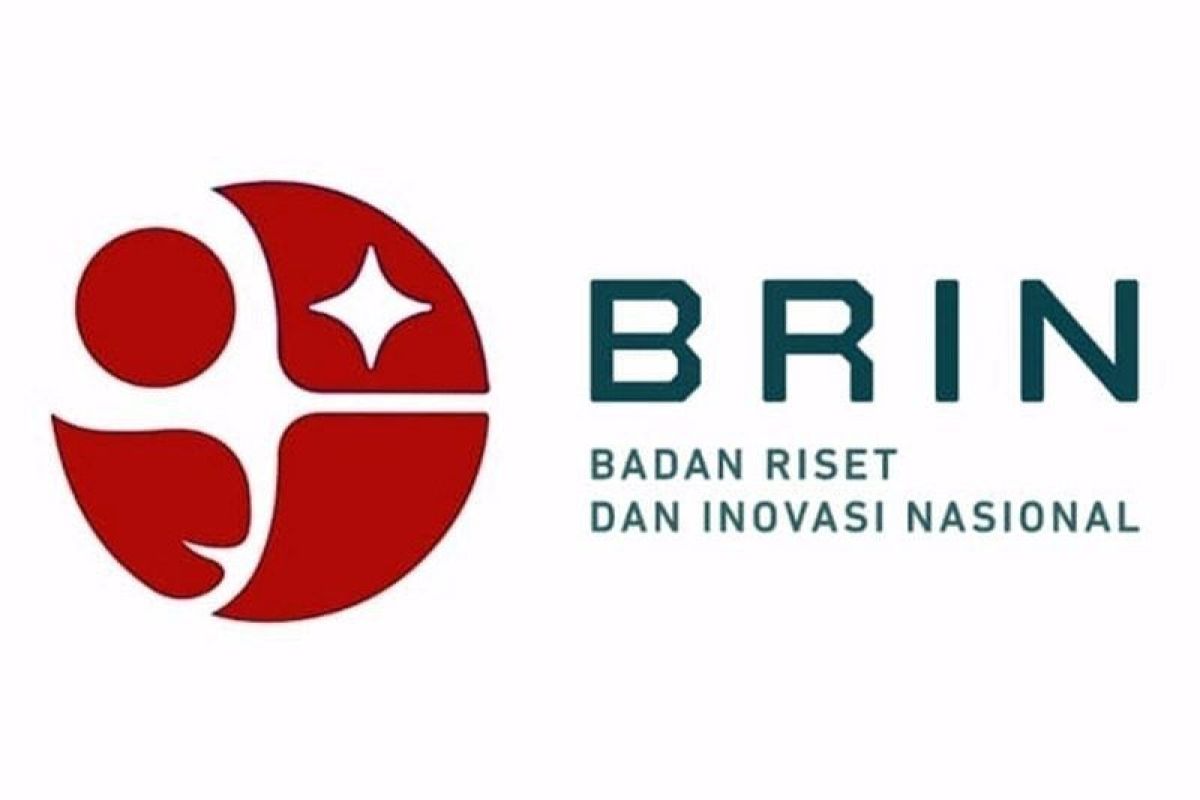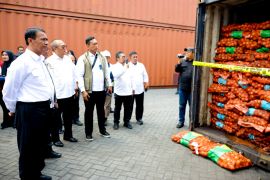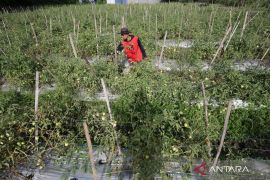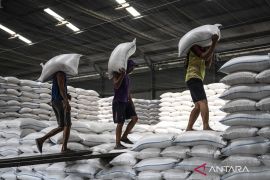"The goal is to improve research and meet irradiation facility requirement in supporting Indonesia's agriculture and fishery research result export," the head of BRIN's Radiation Process Technology Research Center (PRTPR), Irawan Sugoro, informed in a statement released on Friday.
The supervision and review of BRIN’s irradiation facilities are being conducted through the Expert Mission IAEA.
The research irradiators being reviewed comprise the one in the Siwabessy Science and Technology Area (KST), here, and the Gamma Merah Putih Irradiator (IGMP) at BJ Habibie KST in Serpong, Banten.
"This Expert Mission IAEA is being carried out to receive technical assistance and recommendations from experts who are competent in the irradiation field," Sugoro said.
The review activity comprises a comprehensive analysis of the irradiators’ quality, maintenance, dosimetry, quality management, and the implementation of ISO 14470 and ISO 11137.
Indonesia produces many fishery and agriculture products, but it cannot export many of them due to several issues, Sugoro noted.
The issues include quarantine pests, hidden pests, difficult sterilization process, and short shelf life.
Therefore, irradiation has become one of the methods to improve the quality of fishery and agriculture products to make them eligible for exports.
The sterilization process using radiation aims to remove bacteria or fungi that cause decomposition, thereby helping extend the shelf life of products.
The use of irradiation for the sterilization and preservation of agriculture and fishery products has several advantages, namely, it has high penetrating power, which makes it effective in eliminating hidden pests, and it does not leave dangerous residue for consumers.
The other advantages include practicality since radiation can be performed on packaged commodities, and it also prevents pest reinfestation and delays the ripening of fruits.
According to data from July–September 2022, 70 percent of IGMP services were utilized for dry foods, spices, and herbal products.
Meanwhile, the remaining 30 percent were used for pharmacy, packaging, health devices, frozen sea foods, and cosmetics.
Related news: BRIN urges private sector to invest in space sector
Related news: BRIN develops artificial agarwood cultivation technique using microbes
Related news: BRIN, archaeologist studying recently unearthed temple site in Batang
Translator: Martha H S, Fadhli Ruhman
Editor: Azis Kurmala
Copyright © ANTARA 2022












